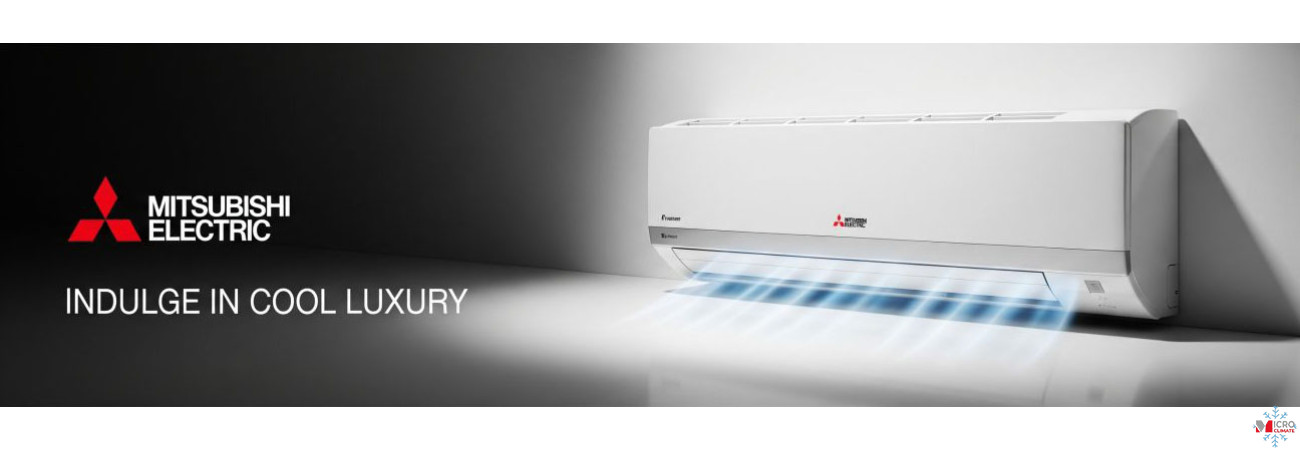
Airflow design is one of the most critical factors in creating a comfortable and efficient office environment.
Even the most advanced HVAC equipment will underperform without proper duct layout, diffuser positioning, and airflow balancing.
Here are key technical principles to optimise air distribution and occupant comfort in modern UK offices.
1. Balanced Air Distribution
The goal of any HVAC design is to maintain uniform temperature and air velocity throughout the workspace.
Ideally, air velocity at occupant level should not exceed 0.25 m/s, as higher speeds cause draught discomfort.
Even distribution is achieved through correct placement of supply diffusers and return grilles — typically in a 2:1 ratio for open-plan offices.
2. Diffuser Selection
For office ceilings of 2.7–3.0 m height, use 4-way ceiling diffusers to achieve 360° coverage.
Linear diffusers are best for corridors and long narrow rooms, while swirl diffusers improve mixing in open spaces.
Select models with adjustable vanes to fine-tune throw distance and spread pattern.
3. Duct Sizing and Pressure Control
Oversized ducts waste material and increase installation cost, while undersized ducts cause noise and pressure drops.
Maintain air velocity in main ducts below 6 m/s and in branches below 4 m/s.
Static pressure across the system should be kept between 30–150 Pa depending on fan capacity.
Balancing dampers should be installed on all branches to allow fine adjustment during commissioning.
4. Return Air Pathways
Return grilles should be positioned diagonally opposite to supply diffusers to promote full air circulation.
Avoid short-circuiting between supply and return zones.
For open ceilings, use acoustic return plenums to maintain low noise (< 40 dB(A)).
5. Thermal Stratification Control
Ceiling-mounted diffusers often create stratification — warm air rises and remains unused.
Installing ceiling fans or low-speed destratification units can reduce temperature variation to within ±1 °C vertically.
6. Occupancy and Zoning
Inverter-controlled multi-zone systems with VAV (Variable Air Volume) dampers automatically adjust airflow according to occupancy.
This reduces power consumption by up to 25 % while maintaining comfort.
7. Maintenance and Filter Access
Ensure diffusers and filters are easily accessible for cleaning.
Dirty filters increase pressure drop, reducing airflow and raising energy costs.
Regular maintenance intervals: every 3–6 months depending on dust level.
8. Noise Management
To minimise noise, install flexible acoustic ducts or sound attenuators between fan coils and diffusers.
Select fans with low static pressure operation and EC motors.
Keep total sound levels under 45 dB(A) for open-plan offices and under 35 dB(A) for meeting rooms.
Conclusion
Proper airflow design is essential for achieving both comfort and efficiency in office HVAC systems.
By following best practices in diffuser selection, duct sizing, and air balancing, businesses can enhance indoor comfort, reduce energy costs, and improve employee wellbeing.




